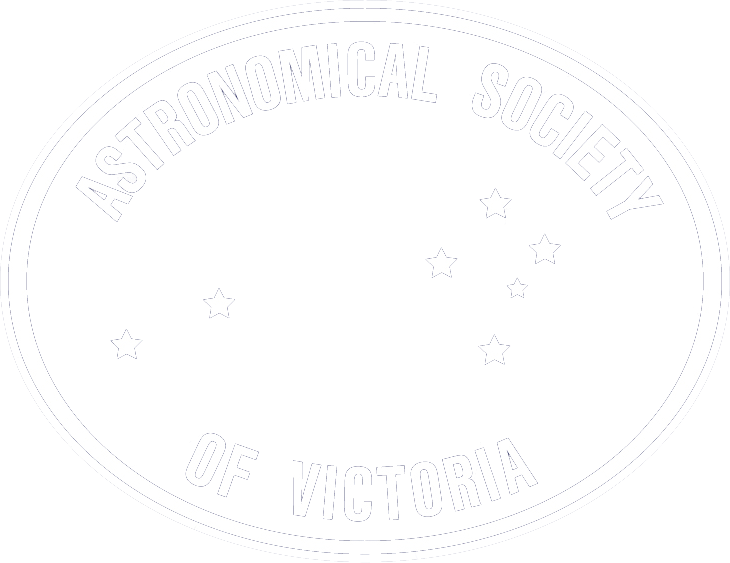| January | 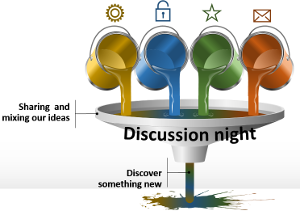 |
Discussion night - Show n Share night for all I'm available to assist with your presentation before the meeting if required. |
| February |  |
Telescopes - Essentials about how they work and what accessories are available - How a telescope works: Collect more light, magnify, and focus - Types of telescopes: Refractor vs Reflector vs Catadioptric - Mounting: Holds things steady with freedom to accurately point: Alt/Az vs EQ - Telescope control: Push to vs Tracking vs Guided - Viewing interest: Planets, Double and/or Variable stars, Deep sky, Galaxy hunt - Telescope purpose: Visual vs Photographic Want to bring your scope for help, or give a demo to others, please let me know |
| March |  |
Our Moon... A Lunar 101 for beginners We will cover the basics of Lunar observing, what is Dichotomy, main feature types, using Moon and coloured filters, following the phases & terminator, what is the Lunar 100 challenge, etc... |
| April |  |
The Planets - Our Solar System Our Solar System is readily visible from our humble backyards, which coincidentally, is our local back yard, astronomically speaking. Before we discovered exo-planets we thought we understood formation of our own Solar System. However with hot Jupiters and Super Earth planets found around other stars, our own solar system now looks to be the odd one out. We will discuss the Grand Tack theory (NASA 2011) which tries to explain why this might be. |
| May |  |
Physics of spacecraft past, present and future
The essentials for space flight are Propulsion, Power, Navigation, Communication, and Intelligent systems. Everything has to be designed & tested to survive the harsh and unforgiving environment of space. Spacecraft go to places humans can't go, or go there first to scout the best locations. Returning vistas and data unobtainable from Earth based observations. Some people call Mars the "Robot planet" because no humans have arrived (yet). Might the robots arrive first before the Aliens reach Earth? Some believe it has already happened, with UAP (Unidentified Anomalous Phenomena) footage release by the US Military a confirmation. Let's wait and see? |
| June | 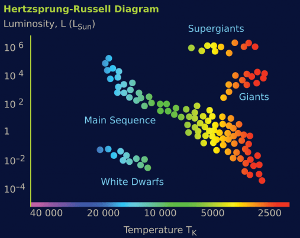 |
Life Cycle of Stars and how we came know such things Stars are the essential building blocks of the Universe. So it is important to understand the environments in which Stars are born as this effects planetary systems that form around them. As they live their lives each Star evolves before transforming when they start running out of Hydrogen fuel to continue nuclear fusion. The largest Stars will enter the instability strip of the Hertzsprung/Russel diagram as they becomes unstable before an often violent end to their relative short lives. Medium stars puff off layers after a few Billion years, leaving a brief Planetary Nebulae. The smallest stars burn through their stellar fuel so meagerly they may last 100+ Billion years. Which proposes that no red dwarf star has reached their end yet? |
| July | 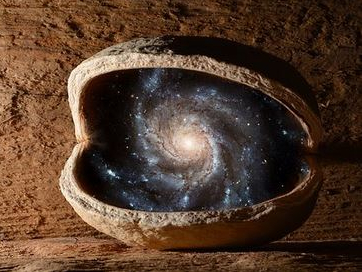 |
Galaxies in a nutshell can be described as the largest building blocks in our Universe Discussion includes... but is not limited to: - Size of the Universe - The Herber D. Curtis vs Harlow Shapley debate: 1920 - A new tool called the Cosmic Ladder helps us find our place in the Galaxy - Galaxies are gregarious with the collective term being: A cluster of Galaxies - Galaxies provide the four astronomical ingredients of life - Messier bags a Galactic list without knowing what a Galaxy really is? - Dark Matter weighs in on Galaxy Rotation: Vera Rubin - The aptly name Hubble telescope: Mission objective is the Hubble expansion |
| August |  |
Life in the Universe he Fermi Paradox seeks to answer the question of where the Aliens are. Given that our Star & Earth are part of a young planetary system compared to the rest of our Milky Way. An Alien civilization just 1 million years (just a blink of cosmological time) ahead of us they could mastered interstellar travel long ago. Enrico Fermi's theory says that Earth should have been visited by Aliens already. The implications, however, have had extraterrestrial researchers scratching their heads in the decades since. There are many aspects to discuss like the Drake Equation, Exo-Planet discoveries, the four ingredients needed for Life, the Goldilocks Zone, life found in unexpected places, how we might detect other civilizations, Dyson Spheres, the Robots arriving first and more. |
| September | 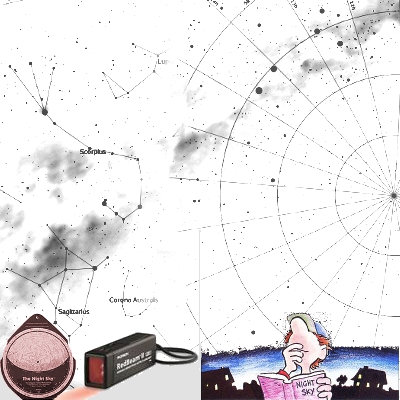 |
Observing Challenges and why we need one? It happens to all of us at some stage. Our first introduction to a telescope is usually a battle in learning how to use a foreign contraption. At the same time we need to start building the basic observing skills that will help us start navigating unfamiliar paths across the night sky. Eventually we manage to observe our first night sky objects and W-O-W what rush! Before long you have acquired a short but spectacular list of 10 to 20 favourite objects. Sentimentally these first objects stick with you forever, etched as grand memories. Warning a trap has been set. The more often you look them up the easier and quicker you will be able to hunt them down, within minutes, sometime seconds. They become so easy that whenever you show people through your scope these same 10-20 favourites become your standard tour. The same ones over & over & over? What you need is an observing challenge to break out of the rut your stuck in! |
| October | 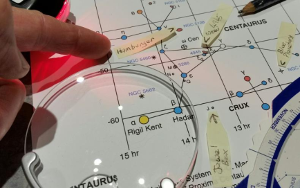 |
Star Atlas - How to make an observing plan using a humble Star Atlas or the many modern alternatives The humble Star Atlas was the original solution to navigating our night sky with a telescope. They evolved over hundreds of years into sophisticated and detailed charts. What features should you look for? The more of these features a Star Atlas has the better it should be! Technology has moved us on to better ways to navigate our way around the night sky? Find out more as we talk about making an observing plan, using a planisphere, different chart types, setting circles, digital solutions, computer and phone apps & more. |
| November |  |
How to use your Telescope This will be a hands on demonstration. Those who attend in person will definitely get the best experience! Members are encouraged to bring their own telescope along for Q&A help. Maybe some members would like to assist with a demo of their scope to others. Members are encouraged to bring along attachments or accessories for discussion or how to use discussion. There will be a Loan Telescope for you to play with. |
| December | 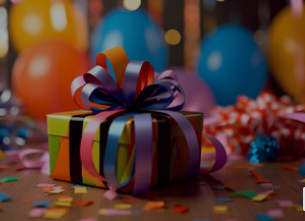 |
No meeting due to the close proximity with Christmas |
- Home Page
- Sections
- New Astronomers Group
- NAG Calendar
